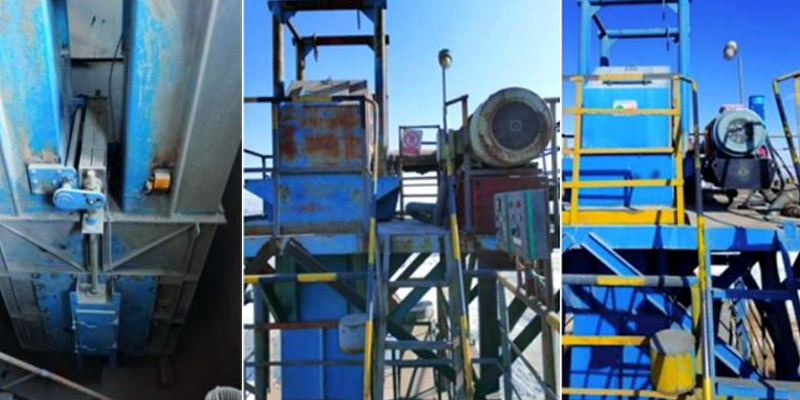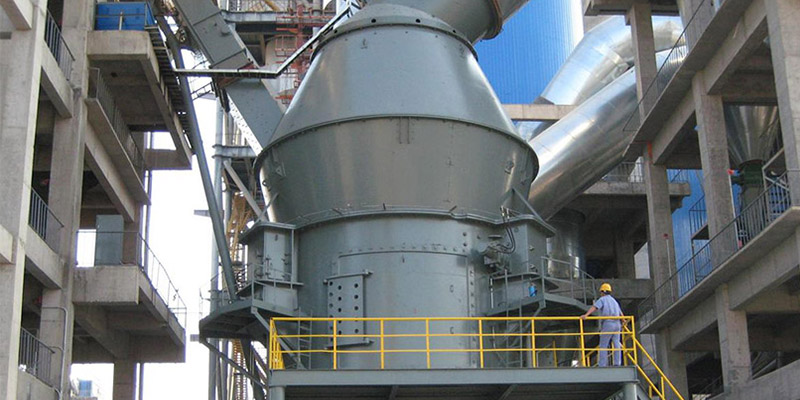1、What is a bucket elevator?
The bucket elevator is a continuous conveying machinery that transports powdery, granular and block-like materials through the use of hoppers fixed on the traction components. The conveying process is carried out in a vertical direction or under a large inclination angle, featuring high efficiency and wide applicability.
The bucket elevator is essential in the grain and oil, cement, and feed industries. It is widely used because it has a large conveying capacity and a high lifting height. Additionally, it consumes low energy and is easy to operate and maintain. It also has a long service life and good sealing performance. However, even this efficient device can lead to safety accidents. These accidents may occur due to equipment failures or improper operation by personnel.
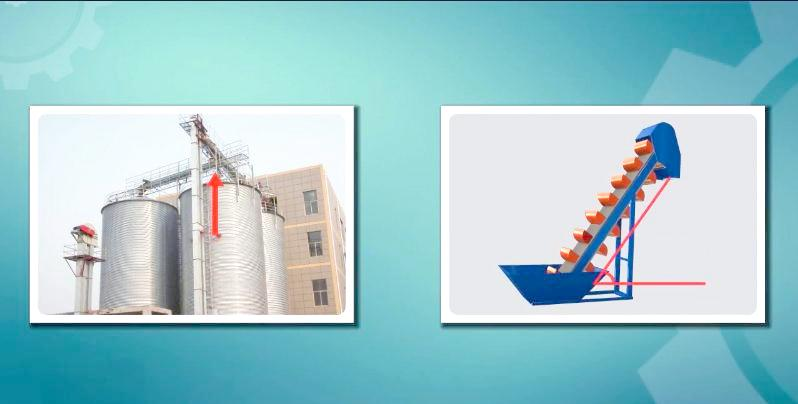
2、Safe Operation of Bucket Elevator
(1)Check before driving
Before starting the bucket elevator, a series of detailed inspections must be conducted. First, confirm that the feed inlet and discharge outlet are clear and free of blockages. Next, check that all moving parts operate smoothly and with good flexibility. Additionally, carefully examine all connection points and bolts to ensure they are secure and reliable, which is vital for the stability of the equipment during operation. Furthermore, inspecting the motor and electrical control equipment is essential to ensure their safety and reliability, preventing any potential safety hazards during operation. Finally, conduct a thorough inspection of the plate chain, shaft pins, and buckets to confirm they are intact and undamaged. Ensure that the bolts on the buckets are tightened to avoid any risk of detachment or loosening during operation. These meticulous checks can ensure that the bucket elevator operates more safely and stably.
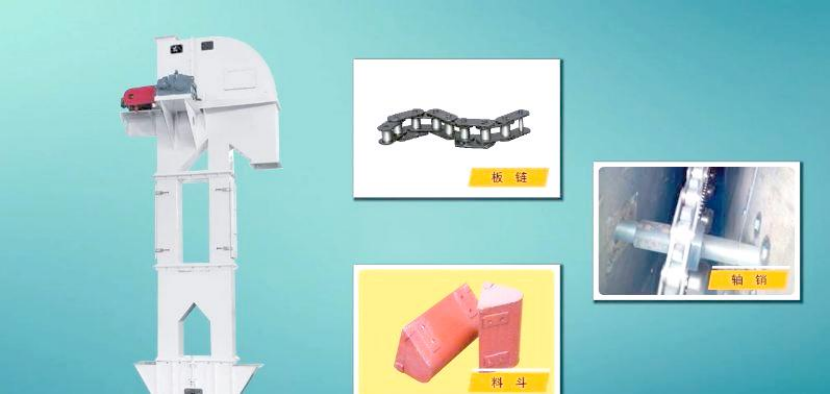
Before starting the bucket elevator, further checks are needed to ensure the integrity of protective devices, safety facilities, and the tensioning mechanism. Confirm that all inspection doors and viewing ports are closed. Additionally, carefully examine the lubrication status of the gearbox, head and tail sprocket bearings, and motor bearings, paying attention to any leaks. Lubricating oil should be added promptly if necessary.
Moreover, the condition of the front and rear chutes should not be overlooked; confirm that there is no damage or deformation. Finally, conduct a comprehensive inspection of both the interior and exterior of the equipment to remove any personnel or obstacles. Communication with personnel in both upper and lower positions is essential. Only after ensuring safety can the bucket elevator be started.
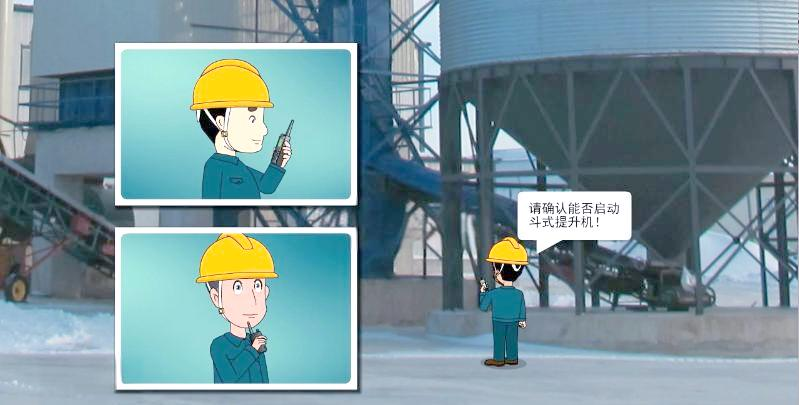
(2)Key Points of Safe Operation
The bucket elevator, as an important type of continuous conveying machinery, is widely used in various industrial fields. However, due to its operation involving high-speed movement under vertical or steep conditions, safe operation is particularly important. This article aims to introduce the safety operating procedures for bucket elevators to ensure that operators can use the equipment correctly and safely.
Before starting the bucket elevator, it is essential to conduct a manual inspection, especially for the first start after a long period of inactivity. Additionally, newly installed machinery must be tested according to the manufacturer’s instructions. The bucket elevator should be started in a no-load condition, and only after confirming that it operates normally under empty conditions should the next stage equipment and feeding materials be started. During operation, close attention should be paid to the load and discharge conditions of the buckets, ensuring that the loading is uniform and does not exceed the level of the buckets.
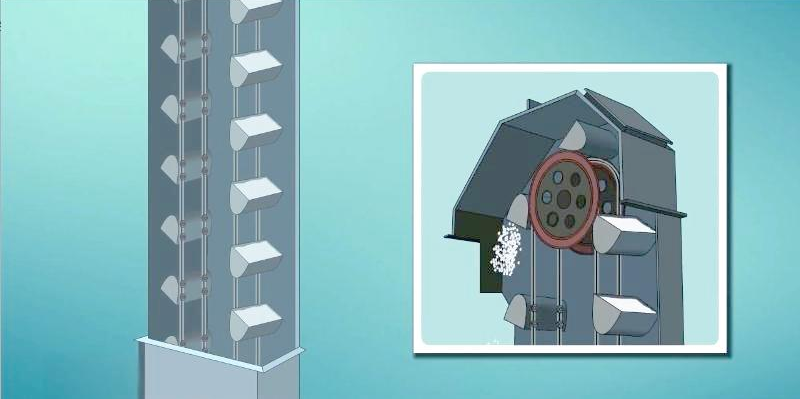
During the operation of the bucket elevator, we need to regularly check the status of the traction chain, rollers, and pins to prevent accidents caused by chain breaks or loose bolts.
We should also closely monitor the condition of the buckets to ensure they are intact and free of cracks or other abnormalities.
Once the bucket elevator is in normal operation, we must continuously monitor the following indicators. If any abnormal signs are detected, we should stop the machine immediately, analyze the causes, and take timely corrective actions: check if the motor’s operating sound and temperature are normal.
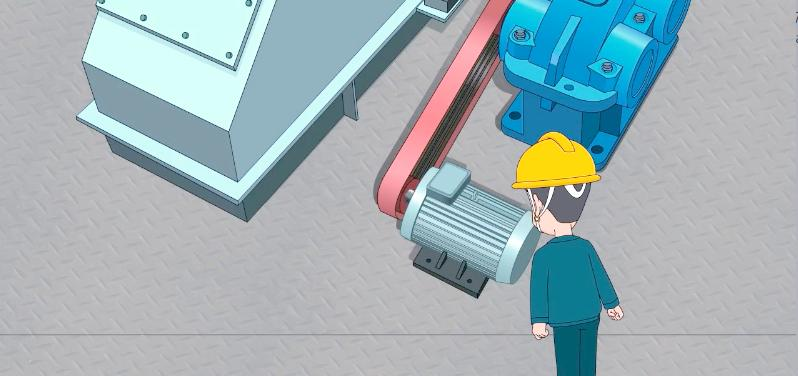
During the operation of the bucket elevator, we need to closely monitor the following:
- Check the temperature of the reducer and look for any abnormal vibrations, noises, or oil leaks.
- Listen to the operating sounds of the machine and its components to ensure there are no unusual vibrations.
- Inspect for any material leakage between the head, tail shaft, and casing.
- Ensure that all safety protection devices are reliable and effective.
If the load suddenly exceeds normal values, the machine should be stopped immediately for inspection to ensure safe and stable operation of the equipment.
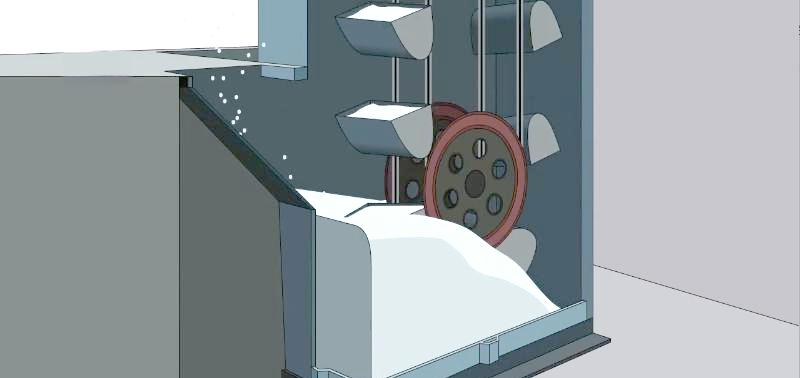
If there is an automatic shutdown or the machine gets stuck, the cause must be identified and the fault cleared before restarting.
Before stopping, first halt the feeding to ensure that all material is cleared from the bottom of the buckets. Only then should the machine be stopped to avoid potential risks associated with stopping while fully loaded.
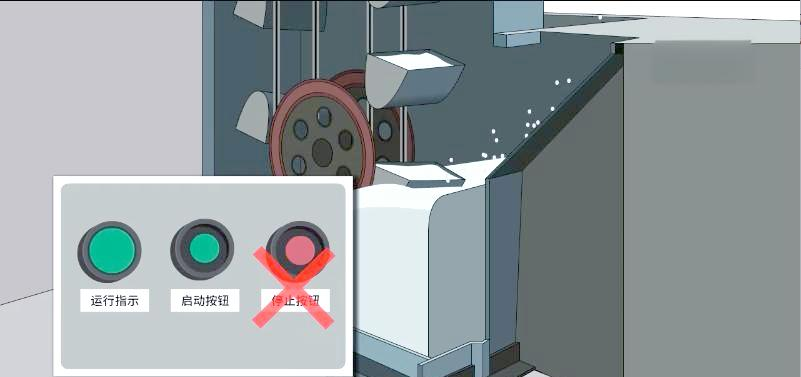
3、Safety Precautions
When using the bucket elevator, pay special attention to the following safety precautions:
1)Ensure that the floors and stairs are clean to prevent injuries from slips and falls.
2)Install sturdy guardrails or covers at openings where the bucket elevator passes through floors for safe operation.
3)When checking the material inside the buckets or their operation, strictly adhere to safety regulations. It is absolutely prohibited to extend any part of the body into the elevator.
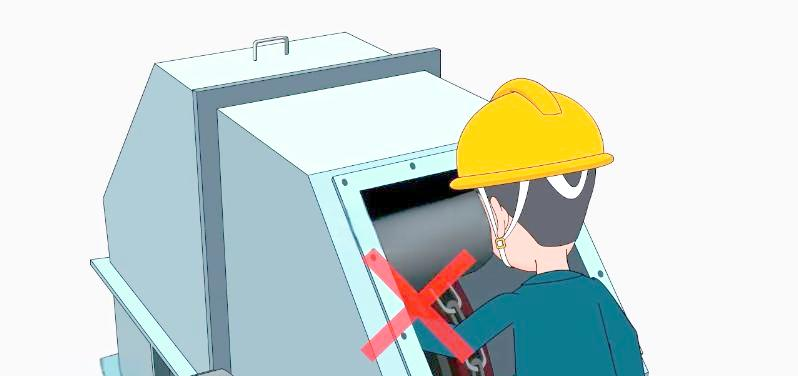
When entering the pit to clear materials, it is essential to assign a supervisor and ensure adequate lighting in the pit.
All maintenance work must be conducted with the power turned off, properly tagged, and under supervision. Additionally, no materials should remain in the buckets to prevent injuries from potential reverse motion.
Following these safety regulations will help ensure the smooth progress of maintenance work.



